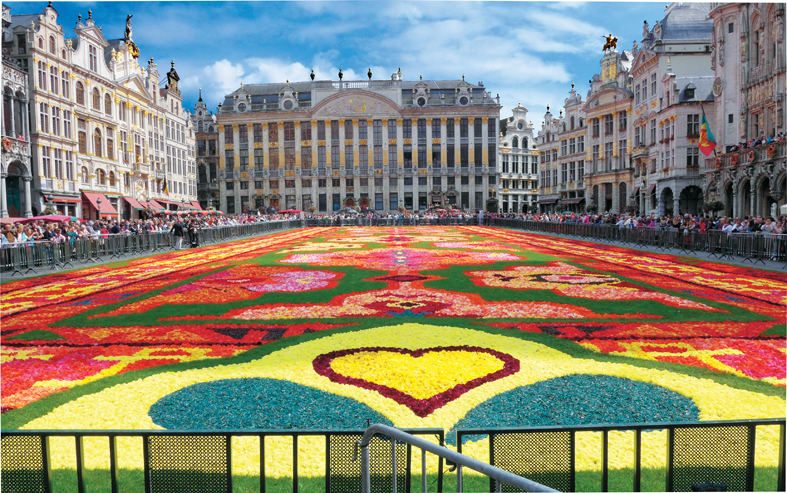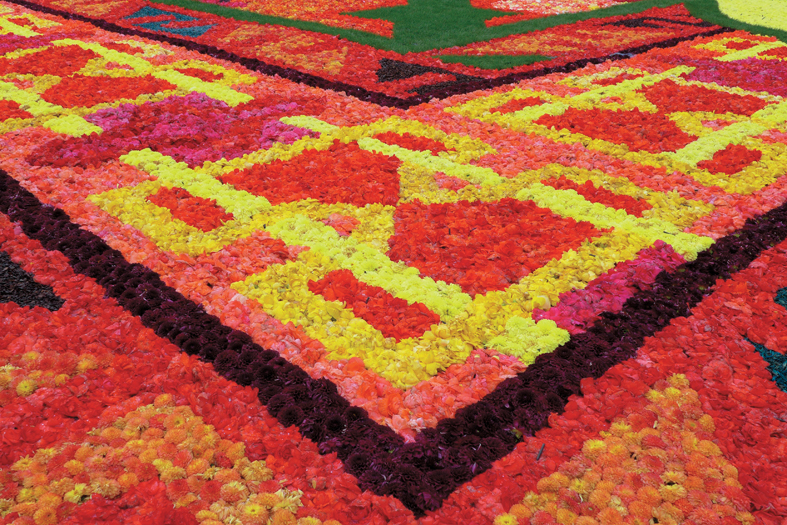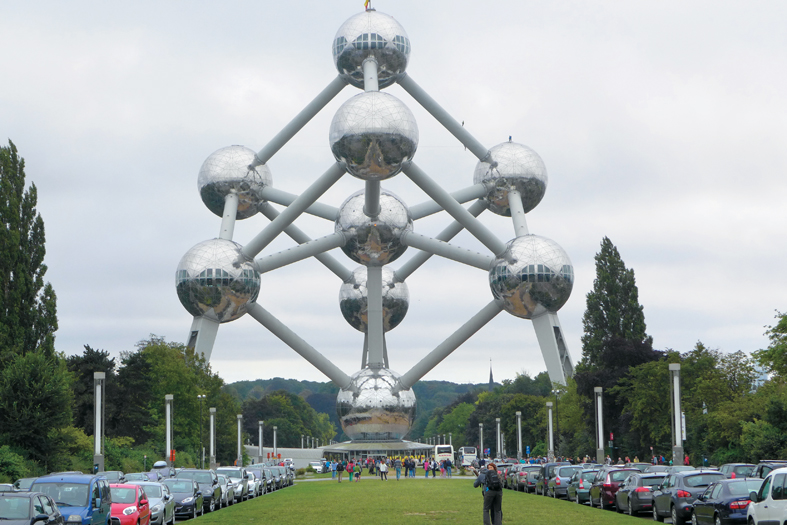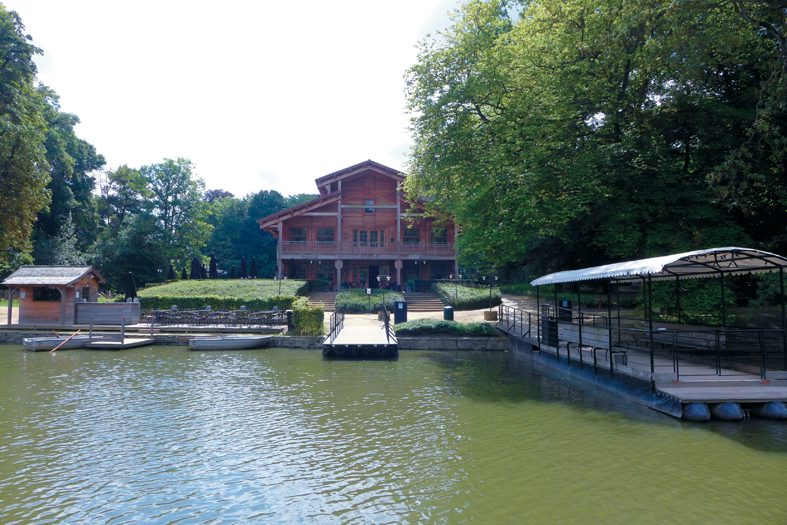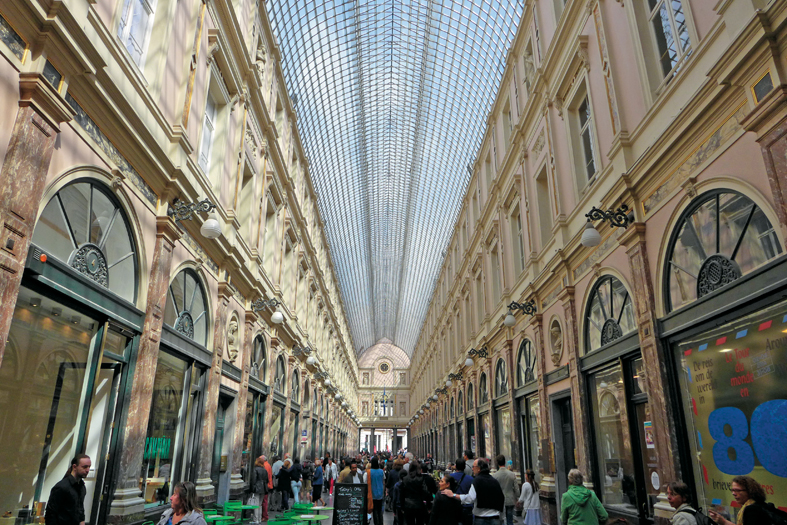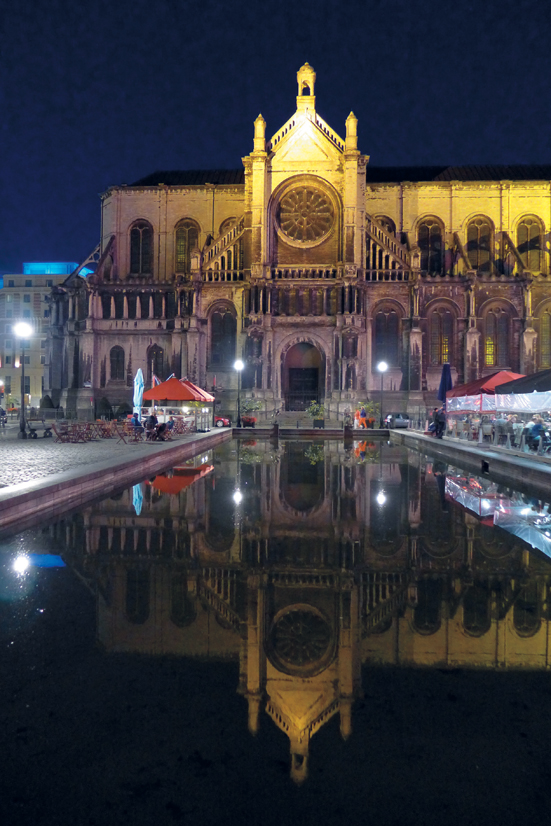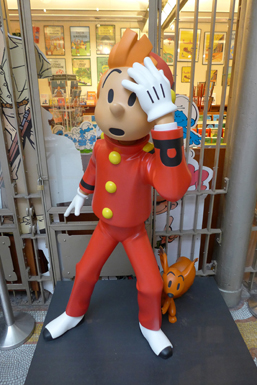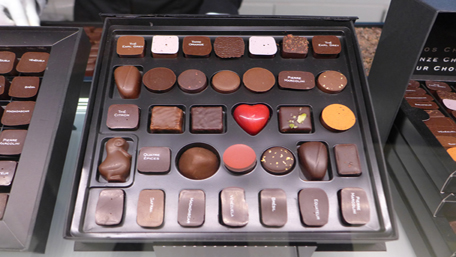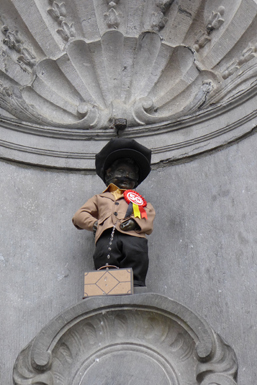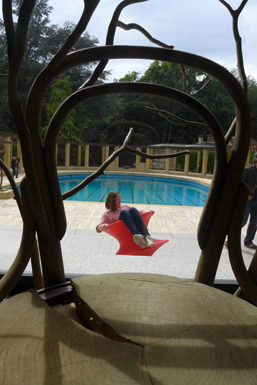At the invitation of the Belgian Embassy in Lebanon through its commercial section, Brussels Invest & Export and visit.brussels, Prestige takes you in the Belgian capital to discover the splendor of the Flower Carpet 2014, a unique achievement in the world as well as the multiple beauties of the capital of Europe. Escapade.
The central Grand Place in Brussels
A trip to Belgium would not be interesting without the visit of a highly historical and touristic place, the Grand Place, a millenary site and treasure of Gothic architecture, listed since 1998 on the list of UNESCO World Heritage. Magnificent, this square medieval nestled in the heart of the ancient city, is one of the most beautiful places in the world, renowned for its rich ornamentation. Surrounded by guild houses, the City Hall and the King’s House, its construction began in the XVth century, but it was destroyed in 1695 to be reconstructed three years later, even more beautiful. Since 1971, it hosts as a tradition, from August 14 to 17, the flagship of tourist attractions, the Flower Carpet. For its 19th edition, this year celebrated the 50th anniversary of the Turkish immigrants in Belgium, adorned with motifs inspired by famous Turkish kilims. From the balcony of the City hall, fully decorated with flowers, visitors have admired this magical work, colorful and fragrant. Two years of patience and preparation and 1.800m2 of begonias to compose the tapestry. Before the inauguration, 120 volunteers have colored the carpet based on a real scale drawing, deposited on the Grand-Place.
© Prestige / Photos: Pr Bassam Lahoud
The Flower Carpet “Anatolian” vintage 2014, 75m long and 25m wide, held on the Grand Place, celebrated the 50th anniversary of the Turkish-Moroccan immigration in Belgium.The Atomium and the Bois de la Cambre
The Atomium. Designed on the occasion of the Universal Exhibition of 1958, this flagship monument, which represents the atoms of an enlarged crystal, is a symbol of Brussels. Halfway between sculpture and architecture, mid-cubic, mid-spherical with stainless steel cladding, it is both a museum and exhibition center, and one of the best views in 360o on the Belgian capital. Through its tubular frame and nine spheres perched 102m above sea level, the Atomium houses permanent collections and temporary exhibitions.
© Prestige / Photos: Pr Bassam Lahoud
The Atomium in Brussels, emblem of universality and peace.The Bois de la Cambre. Located south of the capital, the Bois de la Cambre is an important green space very popular for Brussels inhabitants and visitors. It was created in 1861 by landscape architect Edward Keiling on an enclave in the city of the Sonian forest. Privileged place for relaxation, it has been designed in the English style, a style from the early XVIIIth century that imitates nature and is characterized by an irregularity in the design of roads and plantations. The Bois de la Cambre also hosts a ride where children can practice riding on a back of a pony.
© Prestige / Photos: Pr Bassam Lahoud
The Chalet Robinson in the Bois de la Cambre. To get there, we shuttled between the two shores of the lake that borders it.Stories of immortal greatness
Galeries Royales Saint-Hubert. Galleries of the King and Queen occupy two distinct sections over 100m in length each, characterized by shopping arcades windows recalling the Galleria Vittorio Emanuele II in Milan and The Passage in St Petersburg.
© Prestige / Photos: Pr Bassam Lahoud
The Galeries Royales Saint-Hubert.The Stock Exchange. This monument of Néorenaissance and Second Empire style combines grandeur and fantasy. Built on Boulevard Anspach between 1868 and 1873 according to plans by architect Léon-Pierre Suys, it is decorated with sculptures of artists such as Auguste Rodin.
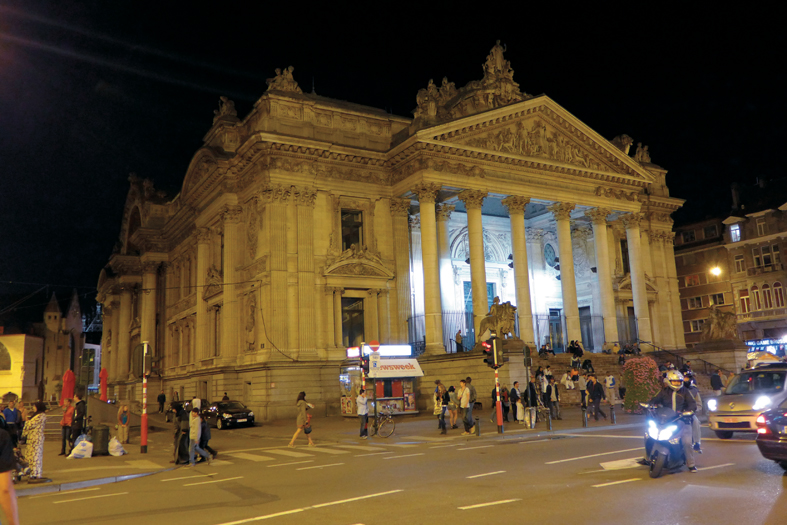
© Prestige / Photos: Pr Bassam Lahoud
The building of the Brussels Stock ExchangeThe Saints Michael and Gudula Cathedral. Built in 1072 in the Gothic style, it is the co-cathedral of the Catholic Archdiocese of Malines-Brussels, at the crossroads of ancient roads of Flanders and Antwerp to Cologne via Brussels to Mons.
© Prestige / Photos: Pr Bassam Lahoud
Night and breathtaking view of the Saints-Michel-et-Gudul cathedral reflected in the lake water.
Belgian Centre for Comics
If the Belgian Centre of comics did not exist, we would create it. In the land of the Smurfs and Tintin, its presence is a must. Based in Brussels, rue des Sables in the Art Nouveau building, a masterpiece designed by architect Victor Horta in 1906, the CCBD or Museum of comics also housed the former large fabric stores Waucquez. After a full site restoration, the CCBD opened October 6, 1989, and this year it celebrates its 25th anniversary. The center houses a permanent exhibition, which traces the history of Belgian comics of the early XXth century to the present, with treasures of boards and unique items, as well as several temporary exhibitions, relating to writers such Hergé Franquin and Peyo, or a style of comics or an edition house. The center also has the largest library of comics and a documentation center accessible to the public, with meetings, Comics courses and trainings.
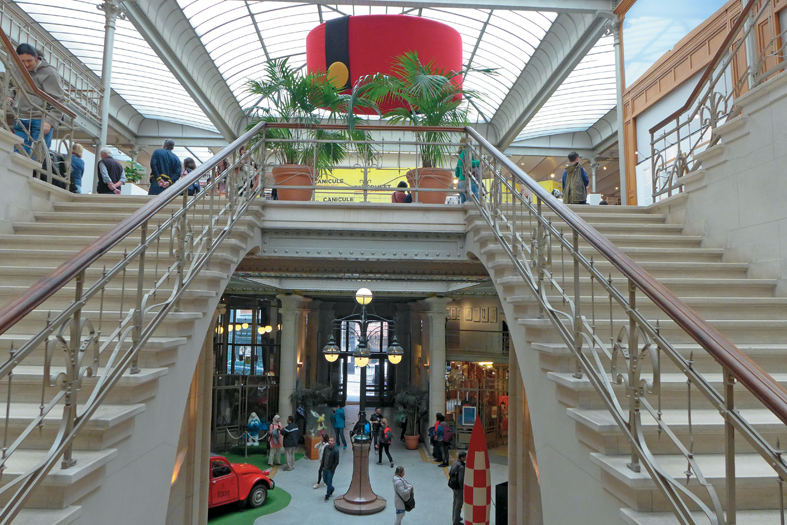
© Prestige / Photos: Pr Bassam Lahoud
The Belgian Centre for Comics designed by architect Horta.Nevertheless, one cannot enjoy Belgium without indulging himself in its delicious chocolate. Voted best worker of Belgium, world champion pastry, Pierre Marcolin is known for his irresistible chocolate.
© Prestige / Photos: Pr Bassam Lahoud
Manneken Pis – Boghossian Foundation
Manneken Pis. Sculpture of Old Duquesnoy of 1619, adorning a fountain in Brussels. It bears the name of a Belgian hero and represents a child releasing a trickle. According to legend, this little man would have turned off a bomb … with his urine during the war and thus avoided a catastrophe in the region. He has more than 900 suits he wears on various occasions and festivals.
© Prestige / Photos: Pr Bassam Lahoud
Manneken Pis, proudly standing at the corner of the streets of Etuve and Chêne in Brussels.Boghossian Foundation. It is a cultural center that hosts art exhibitions, concerts and conferences, located in the famous Villa Empain. Designed to enrich the mutual discovery of the West and the East, it responds to the cultural ambitions, artistic, educational, scientific as well as animations showing the relationship strengthening this dialogue.
© Prestige / Photos: Pr Bassam Lahoud
In the Art Deco Style, Villa Empain, built between 1930 and 1934, was designed by the Swiss architect Michel Polak.

